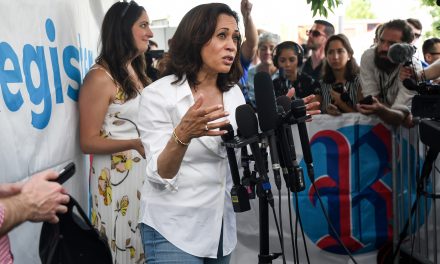The Old Theology Building, one of the remaining structures original to the Atlanta campus and listed on the National Register of Historic Places, is now slated to become office space for University executives. According to a July 11 press release, the Old Theology Building will “be a showpiece for the University, welcoming visitors … as they meet with the University’s president and other leaders.”
The press release does not lay out any reasons why the current administration building is insufficient or why the Old Theology Building would not be better used as a space for students. While the Campus Development Committee of the University Senate, which includes students on its roster, reviewed early stages of the project, no plans have been made public for open discussion and very little, if any, input has been given on the project by the larger Emory community.
Additionally, the development of plans for the Old Theology Building has not been transparent: The first public mention of any potential renovation was in the press release that announced the renovation would occur, after months of planning had already taken place. To an outside observer, it appears that University executives decided to upgrade from their current offices to the historic Old Theology Building.
The building itself, along with the similar Michael C. Carlos Hall, are among Emory’s most iconic structures, triumphs of architect Henry Hornbostel. With its giant windows, vaulted ceilings and marble exterior, the Old Theology Building is an important part of Emory’s architectural heritage and early 20th century American architecture as a whole.
Before it closed in 2014, the Old Theology Building housed the Pitts Theology Library and was a cherished study spot. As a historic and architecturally valuable structure, the space should be an area for learning, in keeping with its history and its twin, the grand Carlos Hall. Its original use as a library directly furthered the education of Emory’s students by giving them a place to study and research. Administrative offices fail to do this; rarely do students have reason to enter the current Administration building, least of all for real education.
The Old Theology Building will be a showpiece for the University no matter what use it is put to, but taking a premier part of Emory’s architectural heritage that once fostered learning and making it a space for executives raises concerns about Emory’s priorities.
At Emory, we value inclusion. Our University leadership can speak with its actions and make the building into a space for all members of our community, rather than top administrators. Our community values learning. The administration can make this historic space a place for learning by preserving it as a library and student commons. Our community values servant leadership. This means that our leaders should use the assets of the community for the good of the community as a whole, rather than for themselves.
In the words of Emory’s History and Traditions website, “Our community respects the legacy we have received while also pursuing new perspectives on historical events.”
My question for our university’s administration and trustees is this: How does turning the Old Theology Building into a space for offices respect the legacy we have received? There is clearly a need for more study spaces on campus, as evidenced by plans for the new Campus Life Center. Why would our university be better served by a grand space for administrative offices than by a new learning commons like the Matheson Reading Room in Candler Library?
Renovation of the Old Theology Building is still in its early stages — the University has time to correct its mistake and put students first. The Old Theology Building can still be a place for learning and a common area as well as the showpiece that University administrators desire. Having President Claire E. Sterk’s office, or one for a similarly ranked official, within the renovated building would be appropriate, so long as student space is the priority. If students become vocal, the Old Theology Building can remain a grand place for learning, just as it was a century ago. Our university’s leadership needs to include more groups in this decision, have a transparent dialogue about the future of our campus and make sure whatever decision it makes aligns with our institution’s values.
David Hervey is a College senior from San Diego.




